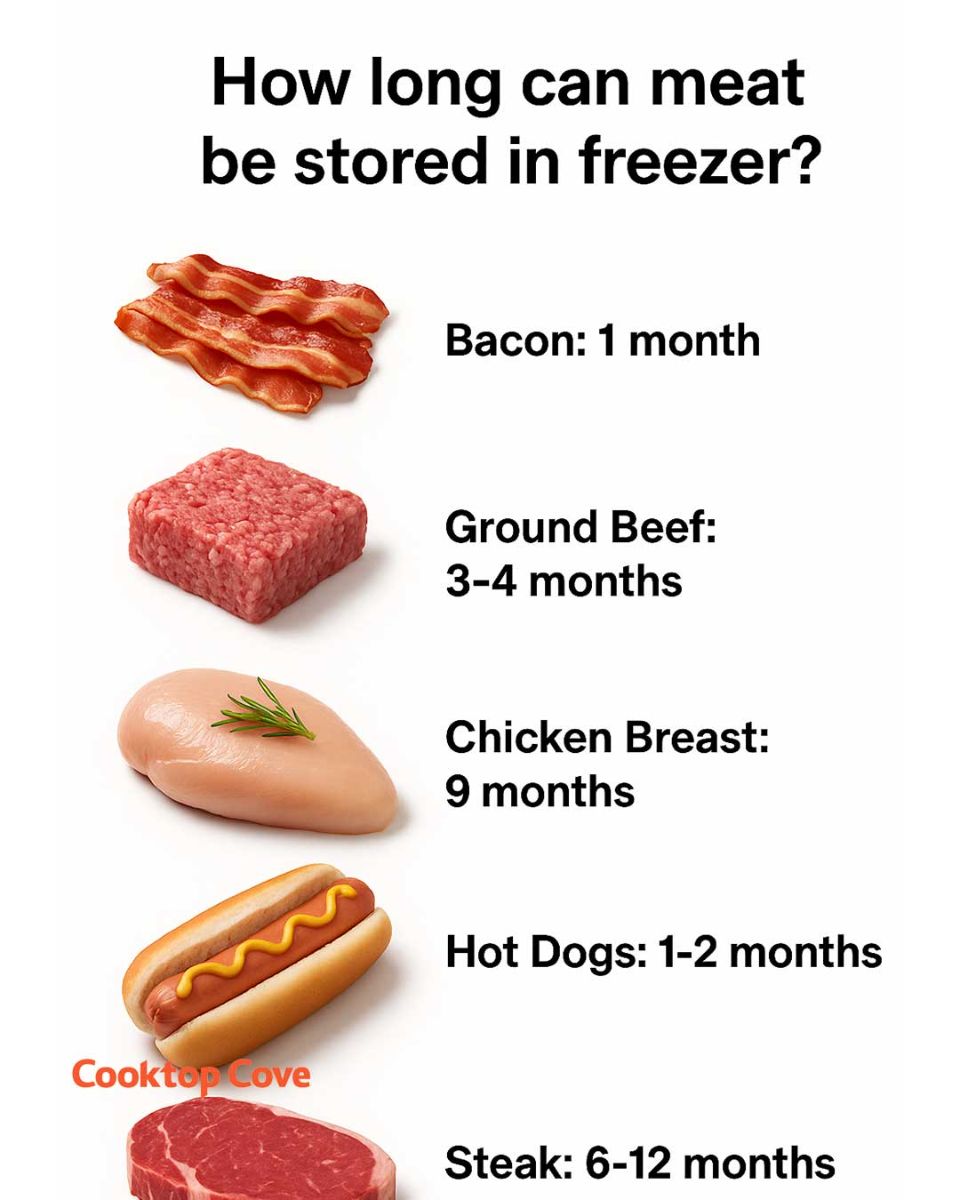Turkey is often associated with holiday meals, but it can be enjoyed year-round if stored properly. A whole turkey can be kept in the freezer for up to 1 year, while turkey parts such as breasts and thighs are best used within 9 months. Ground turkey should be consumed within 3 to 4 months for the best quality.
To freeze turkey, wrap it tightly in plastic wrap or aluminum foil and then place it in a freezer bag. Removing as much air as possible will help prevent freezer burn. If you have a large turkey, consider cutting it into smaller portions before freezing to make it easier to thaw and cook later.
6. Fish: Ensuring Safety and Flavor
Fish is a delicate protein that requires careful handling when freezing. Fatty fish such as salmon and mackerel can be stored for up to 2 to 3 months, while lean fish like cod and haddock can last up to 6 months. To maintain the fish’s quality, wrap it tightly in moisture-proof packaging and remove as much air as possible.
Consider using vacuum sealing for fish to extend its freezer life and preserve its flavor. It’s also important to freeze fish at 0°F (-18°C) or lower to ensure it remains safe to eat. Labeling the packages with the date of freezing can help you keep track of their storage duration.
7. Shellfish: Maintaining Texture and Taste
Shellfish such as shrimp, crab, and lobster can be frozen to extend their shelf life, but they require special care to maintain their texture and taste. Raw shrimp can be stored for up to 6 months, while cooked shellfish should be used within 3 months. To freeze shellfish, place them in airtight containers or heavy-duty freezer bags.
For best results, consider freezing shellfish in a brine solution to help maintain their texture. It’s also important to freeze shellfish at 0°F (-18°C) or lower to ensure they remain safe to eat. Proper labeling with the date of freezing can help you manage your inventory and use the oldest items first.
8. Venison: Proper Freezing Techniques
Venison is a lean meat that can be stored in the freezer for extended periods if done correctly. Venison steaks and roasts can last up to 9 to 12 months, while ground venison is best used within 3 to 4 months. To preserve the quality of venison, wrap it tightly in plastic wrap or aluminum foil and then place it in a heavy-duty freezer bag.
For best results, consider vacuum sealing venison cuts to extend their freezer life and maintain their flavor. It’s also important to freeze venison at 0°F (-18°C) or lower to ensure it remains safe to eat. Proper labeling with the date of freezing can help you keep track of how long the venison has been stored.
9. Duck: Keeping It Fresh in the Freezer
Duck is a rich and flavorful meat that can be stored in the freezer for several months. Whole ducks can be kept for up to 6 months, while duck parts such as breasts and legs are best used within 3 to 4 months. To freeze duck, wrap it tightly in plastic wrap or aluminum foil and then place it in a freezer bag.
Consider vacuum sealing duck cuts to extend their freezer life and maintain their flavor. It’s also important to freeze duck at 0°F (-18°C) or lower to ensure it remains safe to eat. Proper labeling with the date of freezing can help you manage your inventory and use the oldest items first.
10. Sausages: Best Practices for Storage
Next Page

